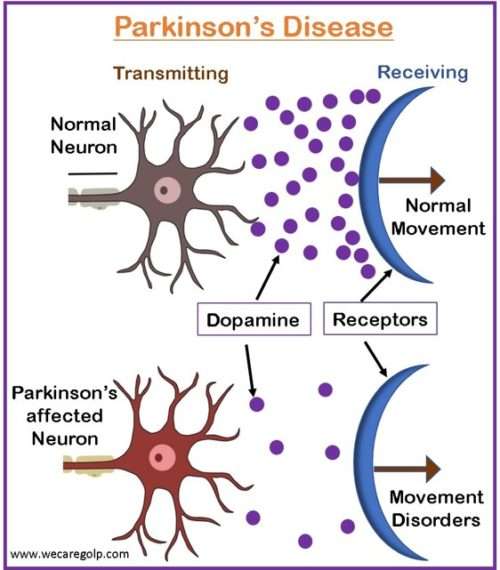Parkinson’s Disease: Stages, Symptoms, Management
Introduction Parkinson’s disease (PD) is a chronic progressive disorder caused by the degeneration of nerve cells in the part of the brain called the substantia nigra, which controls body movement. Incidence Types of Parkinson’s Disease The types of Parkinson’s disease are as follows: Stages of Parkinson’s Disease Hoehn and Yahr’s scale divides symptoms of Parkinson’s … Read more









